1gallon tank, 1 betta, 1 corey
glennpagano
15 years ago
Related Stories
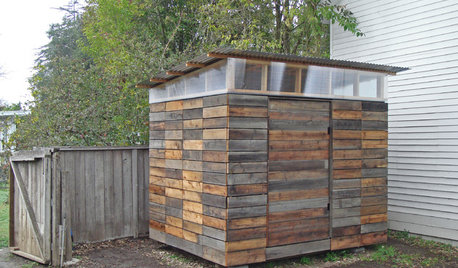
STORAGE2 Weeks + $2,000 = 1 Savvy Storage Shed
This homeowner took backyard storage and modern style into his own hands, building a shed with reclaimed redwood and ingenuity
Full Story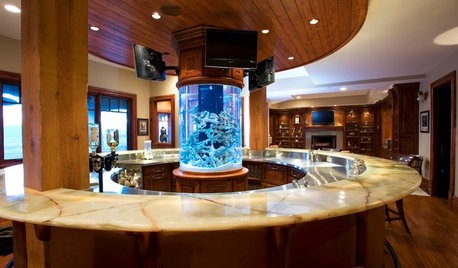
DECORATING GUIDESDesigning Nemo: 30 Fish Tanks Make a Decorative Splash
Bring an otherworldly glow and a calming vibe to your home with the living art of an aquarium
Full Story
MOST POPULARThanksgiving Tales: When the Turkey Tanks
Houzz readers prove adept at snatching victory from the jaws of entertaining defeat
Full Story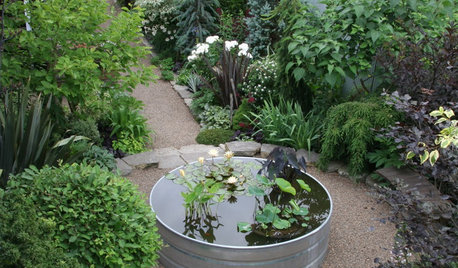
LANDSCAPE TRENDSStock Tank Style: The Garden and Patio Edition
Galvanized-metal water troughs bring hardworking style to patios, plantings, fountains and ponds
Full Story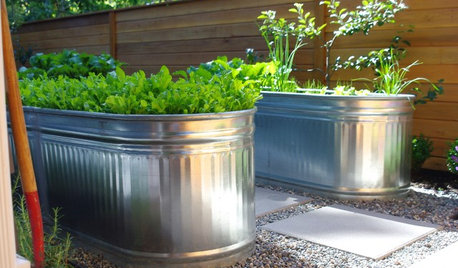
GARDENING GUIDESHow to Turn a Stock Tank Into a Planter for Edibles and More
Give your container garden a fresh look by converting a galvanized-metal trough into a large planter
Full Story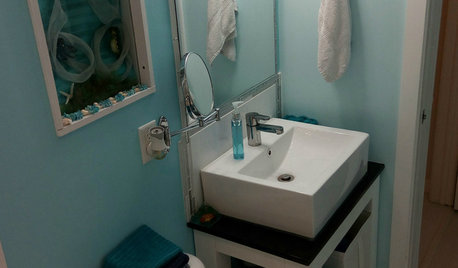
BATHROOM MAKEOVERSReader Bathroom: A Diver’s DIY ‘Mermaid Glam-Shell’
A Florida diving instructor turns 1 bathroom into 2 with DIY work and help from pros
Full Story
MOST POPULARMy Houzz: Hip Midcentury Style for a Mom's Backyard Cottage
This 1-bedroom suite has everything a Texas mother and grandmother needs — including the best wake-up system money can't buy
Full Story
DECORATING GUIDESHouzz Tour: Couple Pares Down and Pumps Up the Style
A big transition from a large suburban house to a 1,200-square-foot urban condo is eased by good design
Full Story
THE POLITE HOUSEThe Polite House: How to Set Limits With Overnight Houseguests
Part 1: Establish boundaries with visitors who want to stay too long and who expect too much
Full Story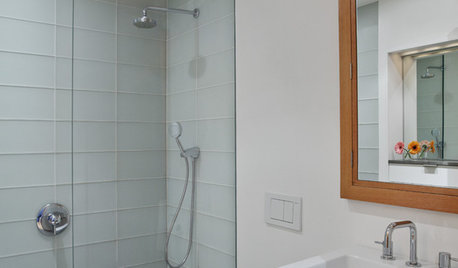
BATHROOM DESIGNConvert Your Tub Space to a Shower — the Planning Phase
Step 1 in swapping your tub for a sleek new shower: Get all the remodel details down on paper
Full StorySponsored






petiolaris
glennpaganoOriginal Author
Related Professionals
New Bedford Landscape Architects & Landscape Designers · Gainesville Landscape Contractors · Mooresville Landscape Contractors · Berkley Landscape Contractors · Cary Landscape Contractors · Edwardsville Landscape Contractors · Elmhurst Landscape Contractors · McLean Landscape Contractors · Middletown Landscape Contractors · Riverview Landscape Contractors · San Carlos Park Landscape Contractors · Benton Decks, Patios & Outdoor Enclosures · Huber Heights Decks, Patios & Outdoor Enclosures · Southampton Decks, Patios & Outdoor Enclosures · Tomball Decks, Patios & Outdoor Enclosurespetiolaris
birdwidow
soultan
sherryazure
soultan
alex_rossi40